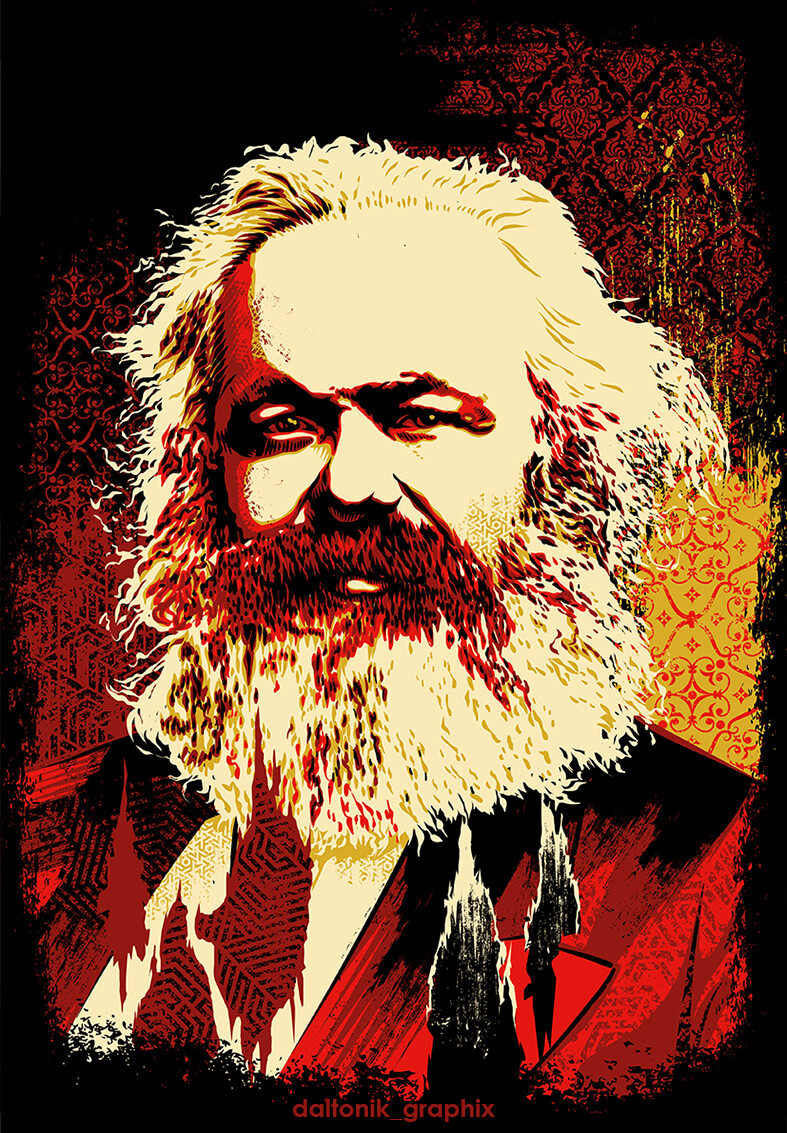im finally understanding this better. the petite bourgeoisie have finally tasted the good life but its not fully under control. a small business can fail. but for the time being they can finally pay their bills without checking the bank account life is pretty good. but this is why they are so volatile. they have most likely been poor and reuse to go back. this is in contrast to the poorest who are stable in their hopelessness and the real deal bourgeoisie who have absolute stability.
but the petite bourgeoisie have tasted the champagne. this is what makes them volatile.

It’s not exactly a new observation, the proletarianisation of the petit-bourgeoisie is literally written about in the Manifesto:
If those two paragraphs don’t perfectly sum up what happened at the Capitol, I don’t know what does.